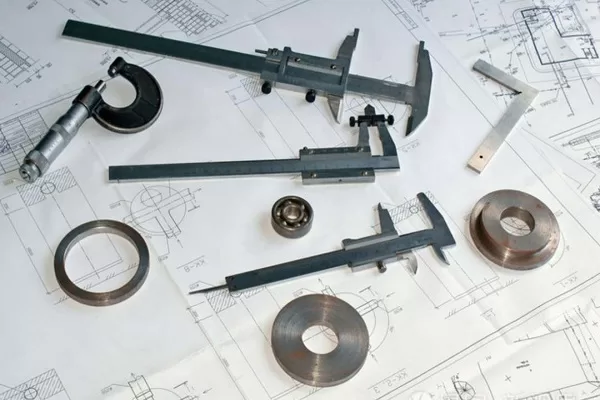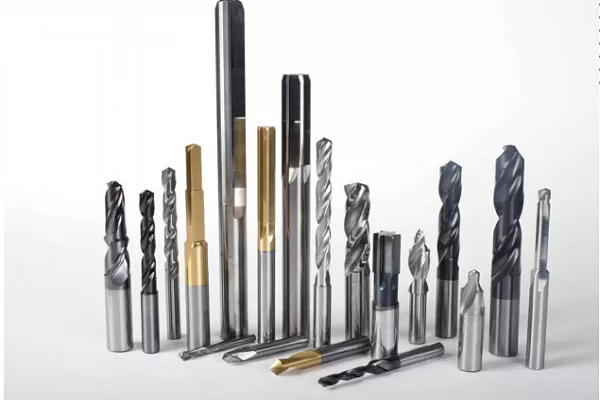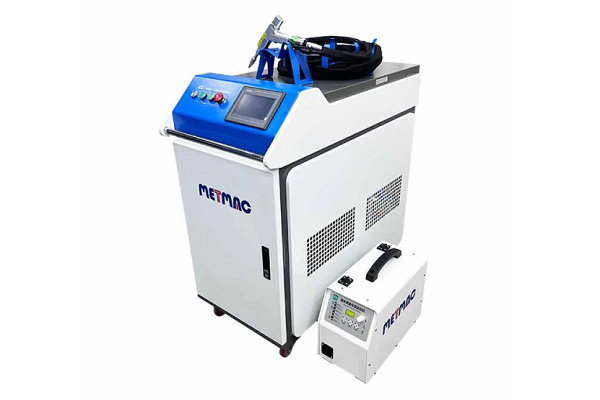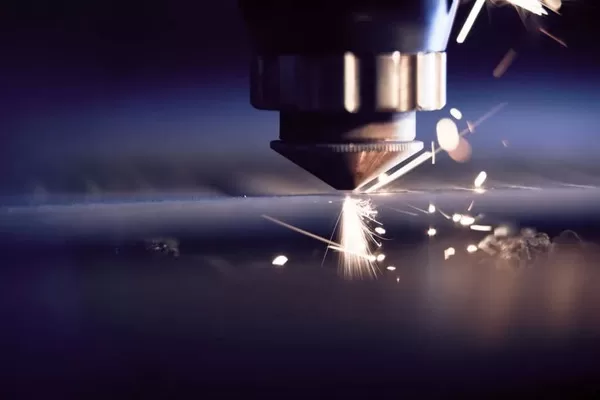
The Evolution of Metal Bending Technology- From Manual to Automated Systems
- By:Metmac
- 2024-05-09
- 119
The shaping of metal through bending has been a crucial process in manufacturing for centuries. In the past, this intricate task was predominantly performed manually, requiring skilled artisans to meticulously manipulate metal sheets or rods into the desired form. However, the advent of automated metal bending systems has revolutionized this process, enhancing efficiency, precision, and cost-effectiveness.
Manual Metal Bending: A Laborious Process
In traditional manual metal bending, a skilled operator utilizes specialized tools like hand brakes or press brakes to apply force and shape the metal. This process demands immense physical effort, dexterity, and experience. However, it offers certain advantages, such as versatility in handling complex shapes and the ability to make subtle adjustments during bending.
Semi-Automated Metal Bending: A Bridge to Automation
Semi-automated metal bending systems emerged as a bridge between manual and fully automated processes. These systems typically feature a manually operated bending machine assisted by computer numerical control (CNC) technology. The operator enters the desired bending parameters into the CNC system, which guides the machine to perform the bending process precisely. While reducing physical labor, semi-automated systems still require operators to manually handle and position the metal.
Fully Automated Metal Bending: Precision and Efficiency
Fully automated metal bending systems represent the epitome of automated bending technology. These systems integrate advanced CNC controls, robotic arms, and automated material handling systems. The entire bending process is programmed and executed by the computer, eliminating the need for human intervention. Fully automated systems offer unparalleled precision, repeatability, and high-volume production capabilities.
Advantages of Automated Metal Bending Systems
The adoption of automated metal bending systems has brought numerous advantages to the manufacturing industry:
– Increased Productivity: Automated systems eliminate the downtime associated with manual bending, leading to significant increases in productivity.
– Enhanced Precision: CNC controls ensure accurate and consistent bending angles, reducing the risk of errors and enhancing product quality.
– Reduced Labor Costs: The elimination of manual labor significantly reduces labor costs, making automated bending cost-effective for large-scale production.
– Improved Safety: Removing human involvement from the bending process enhances workplace safety, reducing the risk of accidents.
– Greater Flexibility: Advanced CNC controls allow for quick and easy reprogramming, enabling manufacturers to accommodate changing production demands.
Conclusion
The evolution of metal bending technology has been marked by a transition from laborious manual processes to sophisticated automated systems. Automated metal bending systems have revolutionized the manufacturing industry, offering increased productivity, enhanced precision, reduced costs, improved safety, and greater flexibility. As technology continues to advance, the role of automation in metal bending is expected to grow even more pronounced, further shaping the future of manufacturing.
-
The Advantages of Using a Sheet Roll Forming Machine in Manufacturing
2024/09/14 -
How to Optimize Your Laser Sheet Cutting Machine for Maximum Performance
2024/09/12 -
How to Maximize Efficiency with Modern Sheet Metal Working Machines
2024/09/04 -
The Environmental Benefits of Using Duct Board Grooving Machines
2024/09/03
-
A Guide to the Latest Innovations in Sheet Metal Folding Machines
2024/11/29 -
Key Features to Consider When Investing in a Sheet Metal Folding Machine
2024/11/28 -
Enhancing Precision with Advanced Sheet Metal Folding Machines
2024/11/27 -
How to Choose the Right Sheet Metal Folding Machine for Your Workshop
2024/11/26



